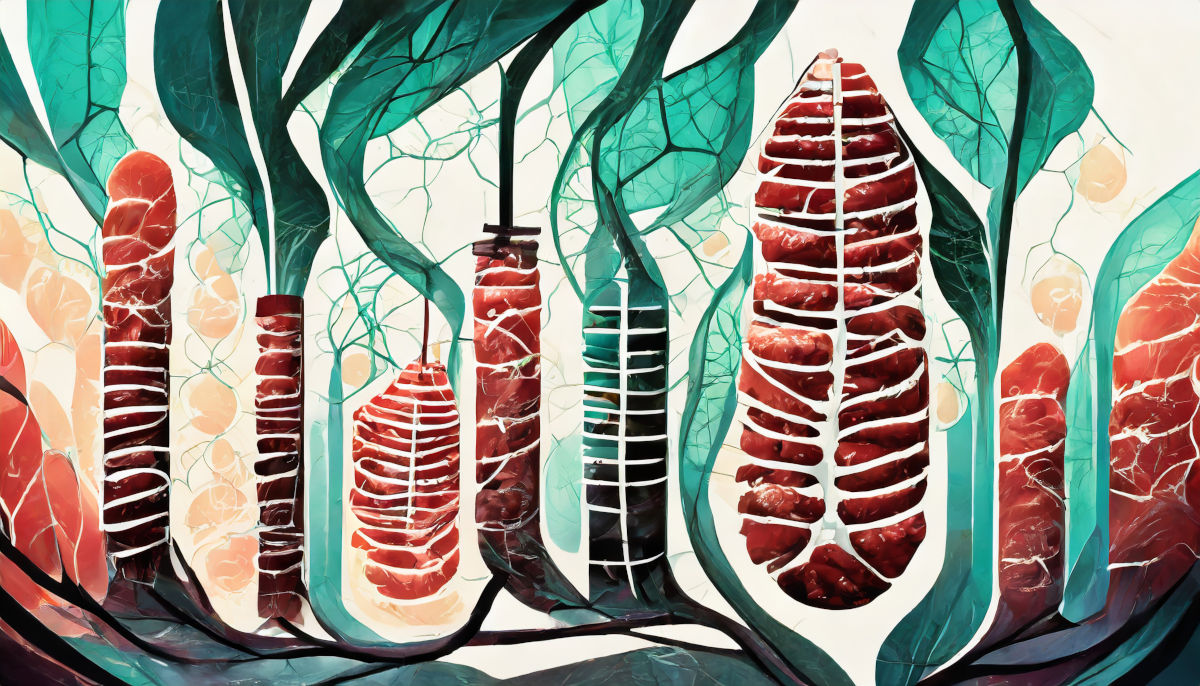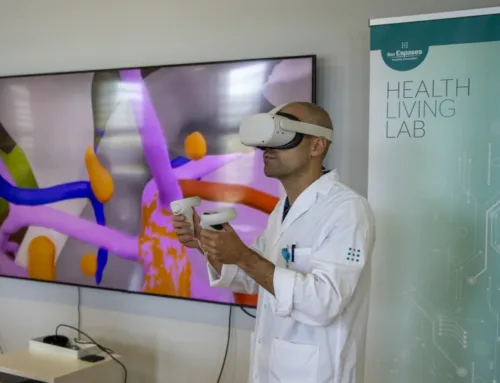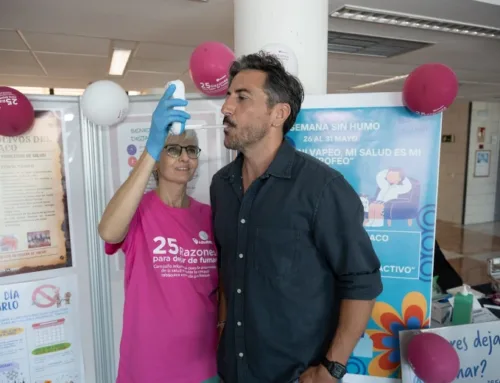Cultured meat, also known as animal cell cultured meat, is produced from animal cells, without slaughtering the animals, respecting their health and welfare. It is obtained from a small amount of blood or small biopsies obtained using minimally invasive techniques. In this process, called “in vitro cell culture”, the cells multiply and are nourished with all appropriate nutrients, with the help of growth factors and cell regulators, analogous to the natural processes of tissue growth and development in intact animals.
The potential of cultured meat is very large and eloquent, both in terms of production capacity and quality. For example, some estimates suggest that from a minimal cow biopsy, one billion cultured meat patties can be produced in approximately one and a half months. This production method also guarantees extreme safety, excluding possible pathogens, allergens, antibiotics, heavy metals and other contaminants, which are more difficult to control in traditional livestock farming.

The cell multiplication process is carried out in essentially inert containers, which we call bioreactors, under controlled conditions. These bioreactors are similar to those already used in the food industry, such as in the production of beer, wine, yoghurt, etc., so that they can ensure safe and efficient development.
In the EU, we have pioneered the regulatory framework that allows the development of “novel foods”, including cultured meat, after assessment of their safety and nutritional aspects by EFSA (European Food Safety Authority). In the technical and scientific discussions which, in an exemplary manner for other sectors, always precede changes in food legislation in Europe, we were able to appreciate, more than 10 years ago, some of the possibilities which are now coming to revolutionise the meat industry. The versatility of cultured meat makes it possible to combine different types of crops and the incorporation of various micronutrients, together with other bioactive components, compatible with achieving an organoleptically interesting three-dimensional structure or meat matrix, as well as the desired nutritional or health characteristics. Among other possibilities, the connection with 3D printing technology allows the generation of products with characteristic meat textures or ‘cuts’.
The Novel Foods Regulation (EU No 2283/2015), in force in Europe, endorsed by EFSA, specifically includes, among many others, foods consisting of, isolated or produced from or derived from a “cell culture or tissue culture derived from animals, plants, microorganisms, fungi or algae (culture)” and we know the type of studies required for marketing authorisation to be granted. However, although in the EU we are ahead in setting up the regulatory framework, it is other regions of the world (North America and East Asia) that are ahead in occupying the market; possibly because of the greater empathy of these societies with biotechnological research and developments.
In November 2020, Singapore became the first country to market cultured meat, generated from chicken cells by the US company Eat Just, a company that has very recently also obtained authorisation in the US, passing FDA (food and drug safety) and Department of Agriculture (labelling) evaluations. The company’s CEO summed up the event with the phrase: “We have been eating meat for many hundreds, thousands of years, and we have always had to kill an animal to eat…, until now”.
In addition to the undoubted animal welfare benefits, cultured meat also has considerable environmental advantages, especially if renewable energy can be used, as energy costs are high and are one of the current challenges. It is estimated that, by 2030, cultured meat could have an environmental footprint up to 80-90% smaller compared to conventional meats, and it is possible to process it, incorporating components that provide healthy properties and excluding or limiting unfavourable ones. Although cultured meat is initially seen as a new source of protein, in a similar way to other vegetable alternatives (peas, beans, lentils) or proteins obtained from insects (recently authorised in Europe), its possibilities go much further. In short, cultured meat can contribute to better health, in the broadest sense: human, animal and environmental.
Cultured meat is already a palpable reality, directly in some places, and will be available in the next few years, also in European supermarkets. In Spain, with technology-based companies at the forefront, the startup Biotech Foods has announced a partnership with the large Brazilian company JBS to build the first large factory in our country. Challenges remain, such as energy and the cost of cultivation methods, which may be overcome in step with the development of the European Green Deal, but this meat deserves to be nourished and not suffocated by unfounded prejudices against biotechnology.

Andreu Palou.
💡 Andreu Palou, Emeritus Professor of Biochemistry and Molecular Biology at the UIB, is one of the contributors to the magazine Mallorca Global Mag.







Leave A Comment